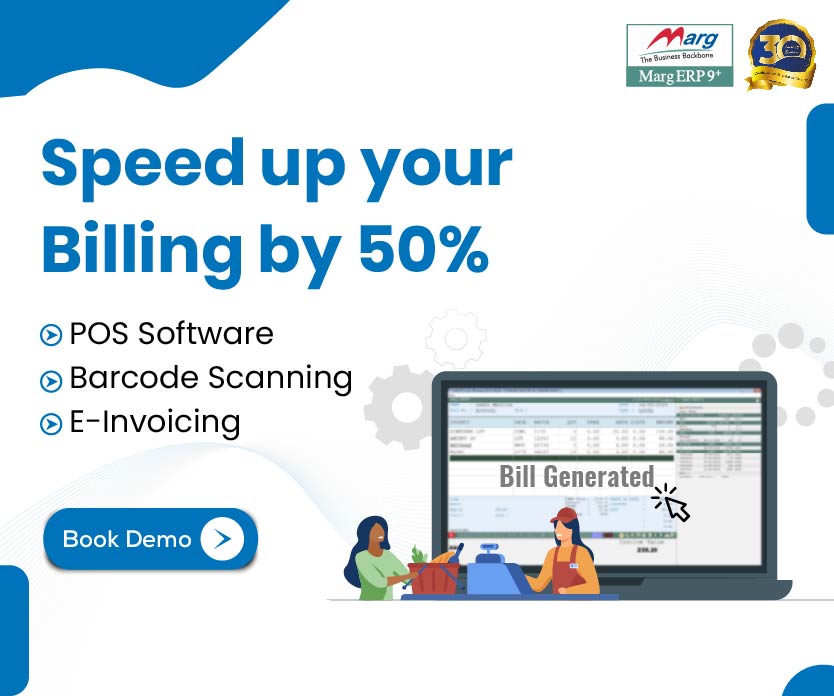Article Content:
What is National Savings Certificate?
The national saving certificate scheme is commonly referred to as a national savings scheme is promoted by the Indian Government and is available at all NSC post offices. The post offices in India are widely available which makes national saving scheme easily accessible to every Indian citizen. It is amongst the most popular schemes in India. The scheme mainly focusses on encouraging small & medium investments and savings among Indian Citizens, as these schemes also enjoy NSC tax benefits. The scheme is run by the Indian government therefore, the risk of losing money is almost negligible.
National savings scheme is not applicable for non-resident Indians & Hindu Undivided Families because the scheme was mainly launched for the Indian individuals. Only citizens of India can invest in this scheme.
Eligibility criteria for NSC
Below are the criteria of eligibility for NSC:
- The person should be a citizen of India
- There is no age limit to purchase NSC certificate
- A person who is not residing in India cannot invest in NSC
- On behalf of a minor, investments can be done by an adult or guardian
- NSC VIII state that, HUFs & trust cannot invest in NSC certificate
Features of National Saving Scheme
Following are the features of NSC:
Minimum Investments: Starting from Rs. 100, the NSC scheme certificates can be purchased in denominations of Rs. 100, Rs. 500, Rs. 1,000, Rs. 5,000, Rs. 10,000. Beginning with the small amounts the person can invest as per his convenience and increase the investment amount.
Maturity Tenure: The scheme offers two maturity tenure period i.e. 5 years & 10 years. The person can select as per his requirements.
Rate of interest: 8% of interest after maturity is given as a rate of interest which is compounded annually.
Nominations: family members, close relatives and even minors can be added as a nominee in the scheme. In case the individual dies, the amount of the NSC is given to the nominee.
Type of NSC available: As of now, after discontinuation of the NSC IX issue, only NSC VIII issue is available in the current scenario.
Loans available against NSC: It can be provided to banks as a collateral or security to avail loans if the respective authority (postmaster) authorise it to be transferred to the bank.
Purchase of NSC: After submitting the required documents national savings scheme can be easily purchased from the post office.
Transfer of NSC: NSC can be transferred from one post office to another, or from one individual to other. However, the certificate is not changed and the name of the new owner will be written at the top putting a circle over the old owner’s name.
Advantages of NSC
There are many advantages available on NSC online scheme. The advantages are listed below:
- One of the principle preferences of investing into the NSC is the NSC tax benefit that people can get as a profit on the investments they have made. The profits are likewise ensured under this plan. Numerous people incline toward the NSC as it can give a monthly salary after retirement.
- With the exception of the premium that is earned in the last year, the rest of the premium that is created is tax-exempt.
- If people lose the first authentication or the original certificate, a copy or duplicate certificate declaration can be obtained from the post office.
- Considerably after the maturity time, people have a choice to keep the scheme active.
- Transfer of the scheme is permitted starting with one individual then onto the next. Be that as it may, it is permitted just a single time during the lock-in period.
- The premium that is produced is aggravated on a yearly premise and reinvested towards the scheme. Along these lines, the contributed measure of the individual increments without buying authentications.
Documents needed for NSC
Given beneath are the documents that must be submitted so as to buy an NSC
- The NSC application form must be submitted
- Individual must present a unique recognizable proof of identification, for example, Passport, Permanent Account Number (PAN) Card, Voter ID, Driving licence, Senior Citizen ID, or Government ID for checking.
- Individual must present a photo
- Individual must present proof of residence, for example, Passport, telephone bill, electricity bill, bank passbook & cheque with Certificate or an ID card that has been given by the Post Office.
NSC tax benefit
National savings scheme has many benefits that are applicable to the scheme holder. Few benefits are listed below:
- Under Section 80C of the Income Tax Act, 1961, tax cuts of up to Rs.1.5 lakh can be benefited by contributing in the NSC
- The interest that is produced on a yearly premise by investing in the NSC is considered as another speculation for tax cuts.
- Tax Deducted at Source (TDS) is not covered under the National Savings Certificate. Notwithstanding, according to the marginal rates, the tax must be paid for the premium that is earned.
Maturity period & how premature withdrawn can be taken under NSC
In most of the cases, the amount invested in the NSC is not subjected to withdrawal before the completion of the maturity period. However there are few situations under which the premature withdrawal is allowed.
These situations are listed below:
- During sudden death of the scheme holder
- If the certificate is forfeiture by an gazetted government officer
- If the court of law permits and release the order that the amount can be withdrawn.
To withdraw the amount before maturity, the certificate holder has to submit the following documents:
- The holder has to submit the original NSC
- The holder has to submit the NSC encashment form
- The holder has to submit the identity proof
- Guardian has to attest the copy if the NSC is purchased under the name of a minor
- If the certificate holder dies, the nominee can enroll for withdrawal of the amount invested by submitting Annexure 1 which is registered at the post office. Annexure 2 in the form of a legal evidence.
If the amount is withdrawn within a year than the holder will not be given any interest. Also penalty can be levied on early withdrawal. The amount is paid only by cheque from the post office.












































